Everything is fine. Groupshow
24 February to 13 April 2024 ⟶ Galerie
Installation View. Courtesy Galerie Georg Nothelfer. Photo: Carolin Seeliger
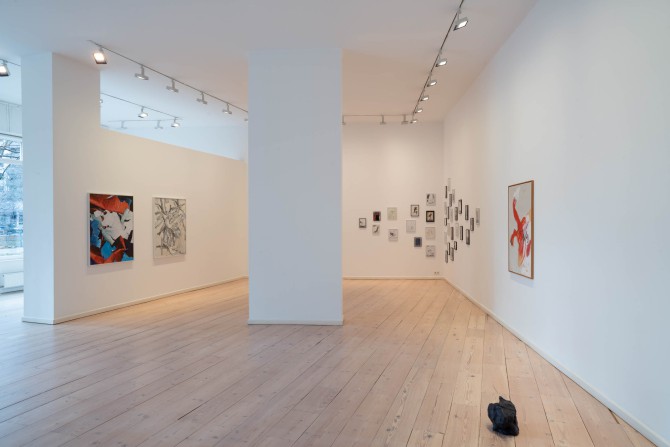
Installation View. Courtesy Galerie Georg Nothelfer. Photo: Carolin Seeliger
Carolin Seeliger, 2023, polar bear eating seal, digital c print, 125 x 100 cm, Ed. 3 + 1 A.P.
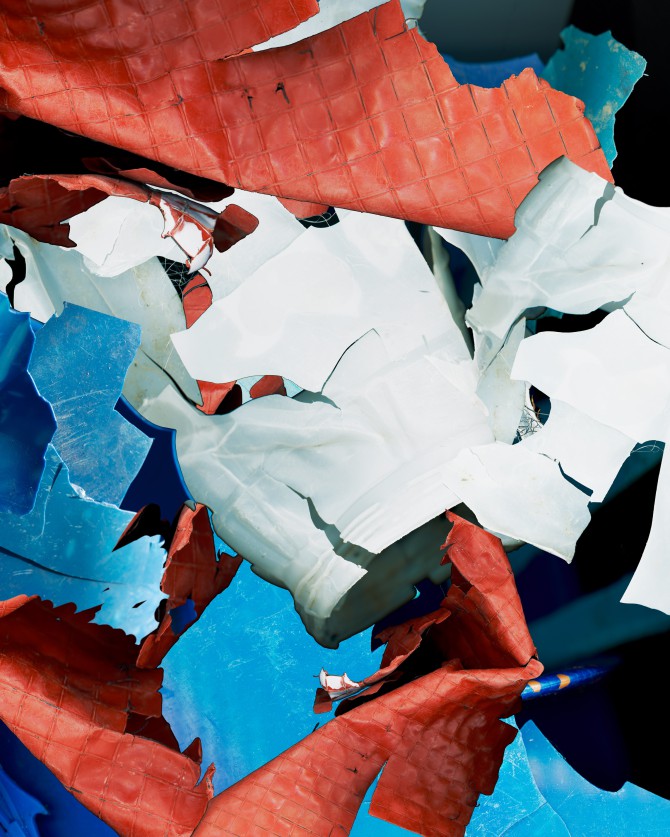
Carolin Seeliger, 2023, polar bear eating seal, digital c print, 125 x 100 cm, Ed. 3 + 1 A.P.
Mahdad Alizadeh, Good Night, 2024, Glazed clay, 20 x 35 x 25 cm
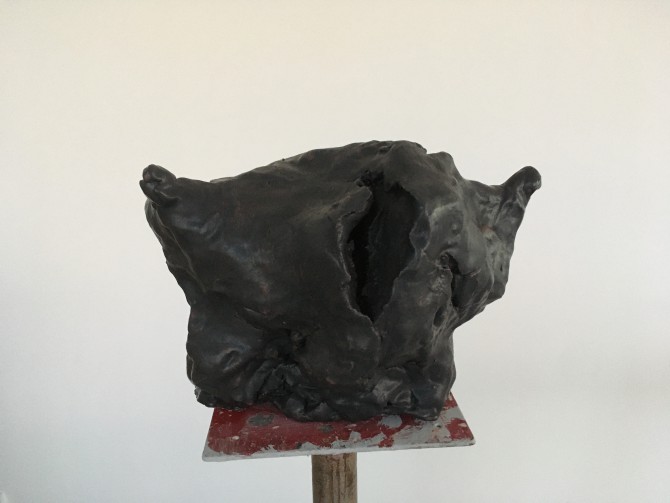
Mahdad Alizadeh, Good Night, 2024, Glazed clay, 20 x 35 x 25 cm
Installation View Carolin Seeliger. Courtesy Galerie Georg Nothelfer. Photo: Carolin Seeliger
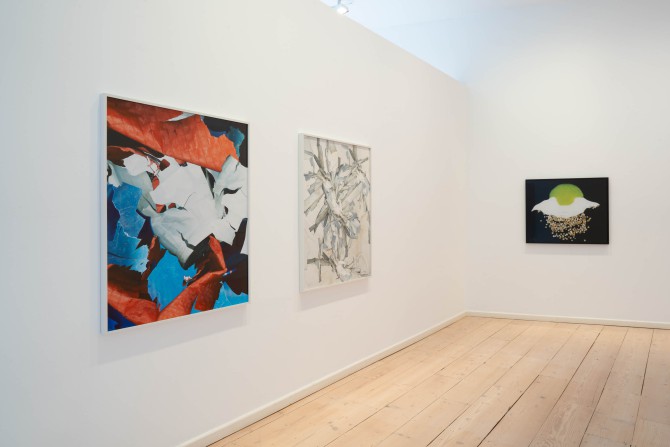
Installation View Carolin Seeliger. Courtesy Galerie Georg Nothelfer. Photo: Carolin Seeliger
Carolin Seeliger, calving glacier, 2023, Digital c print, 125 x 100 cm, Ed. 3 + 1 A.P.
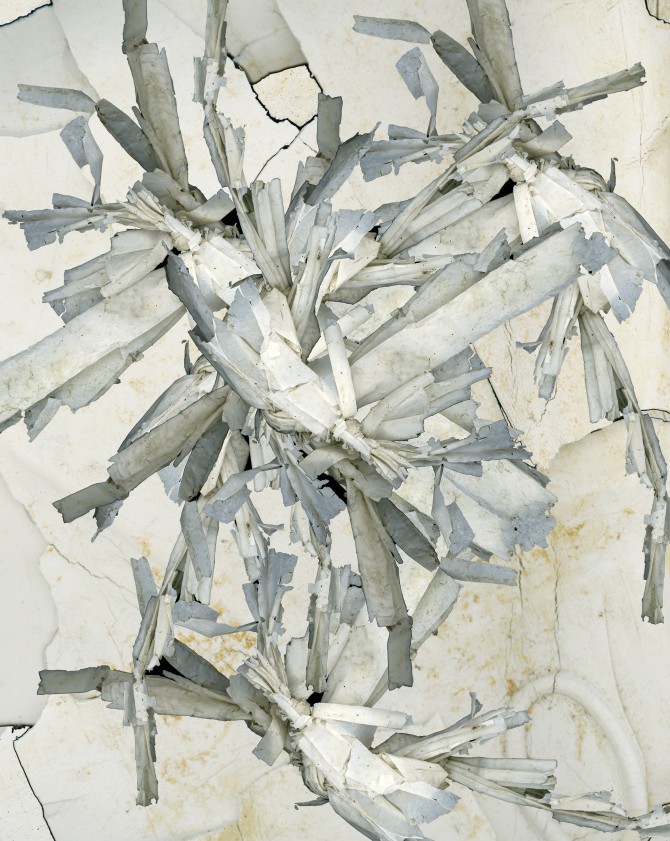
Carolin Seeliger, calving glacier, 2023, Digital c print, 125 x 100 cm, Ed. 3 + 1 A.P.
Carolin Seeliger, deep sea #09, 2022, Cotylorhiza tuberculata scanogram, 85 x 100 cm, Ed. 3 + 1 A.P.
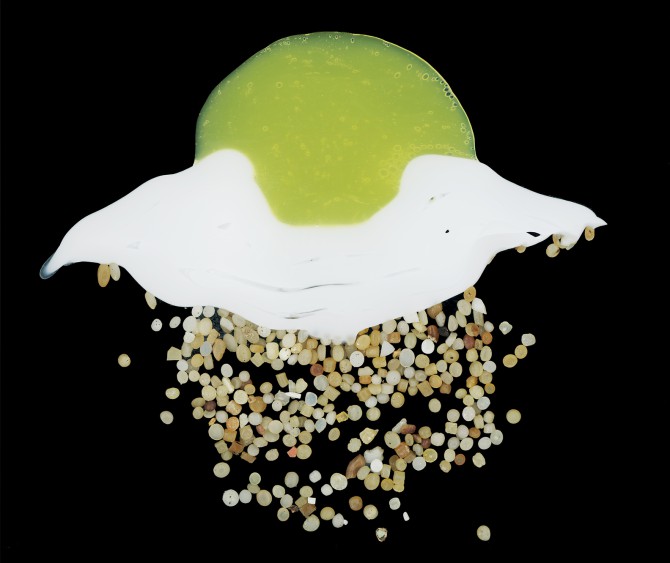
Carolin Seeliger, deep sea #09, 2022, Cotylorhiza tuberculata scanogram, 85 x 100 cm, Ed. 3 + 1 A.P.
Installation View Galli. Courtesy Galerie Georg Nothelfer. Photo: Carolin Seeliger
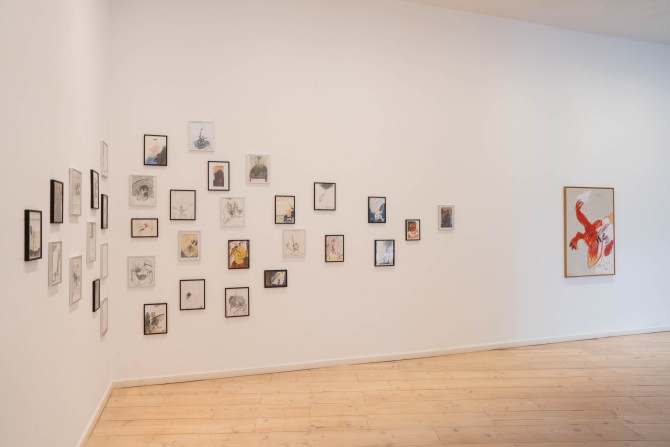
Installation View Galli. Courtesy Galerie Georg Nothelfer. Photo: Carolin Seeliger
Galli, LeuchelwulfReiz (Rot), 23.6. - 2.7.1987, Mixed media/cardboard, 125 x 90 cm
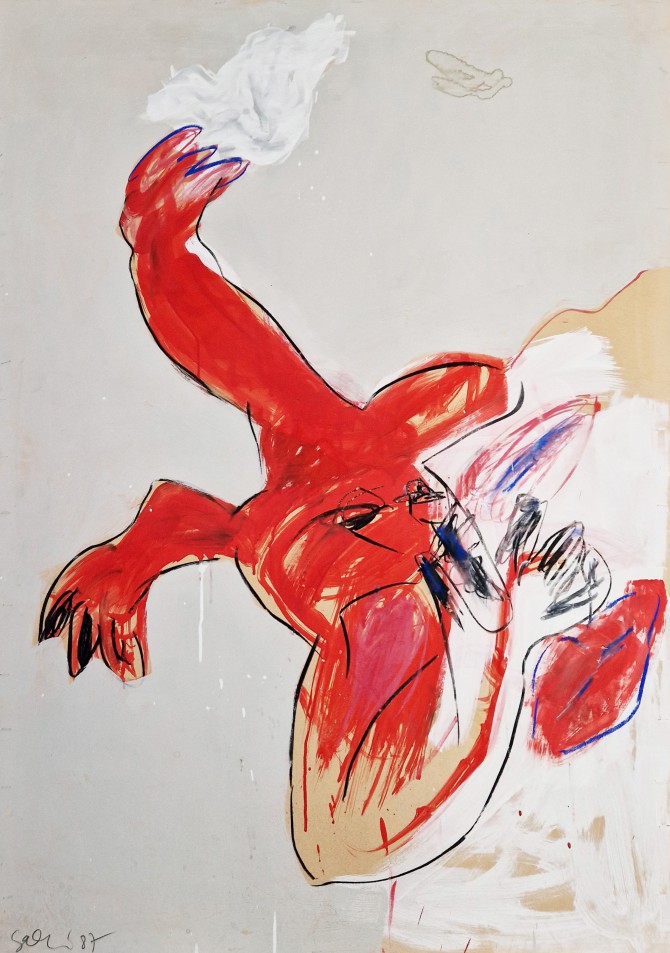
Galli, LeuchelwulfReiz (Rot), 23.6. - 2.7.1987, Mixed media/cardboard, 125 x 90 cm
Galli, O.T., 09.12.1989, Mixed media/paper, 29,7 x 21 cm
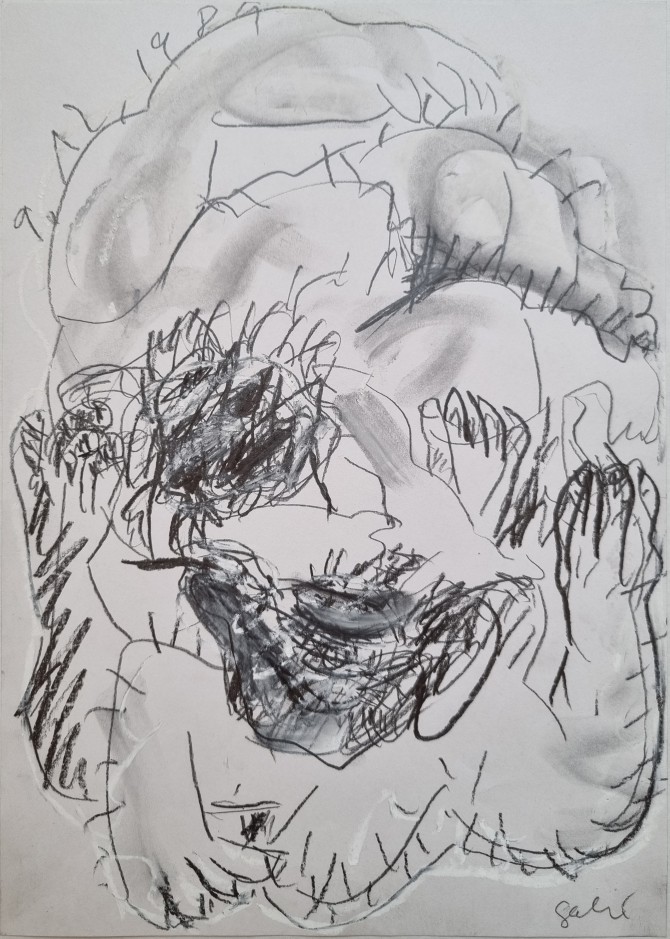
Galli, O.T., 09.12.1989, Mixed media/paper, 29,7 x 21 cm
Galli, Untitled, 9.8.85, Mixed media on paper, 15 x 21 cm
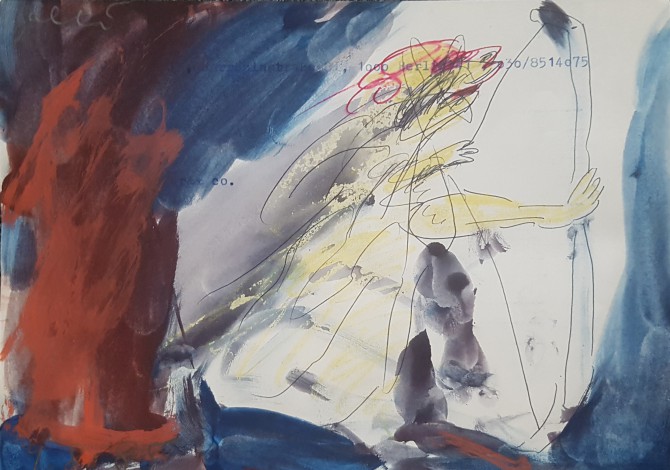
Galli, Untitled, 9.8.85, Mixed media on paper, 15 x 21 cm
Galli, Untitled, 1984, Mixed media on paper, 22,3 x 15,7 cm
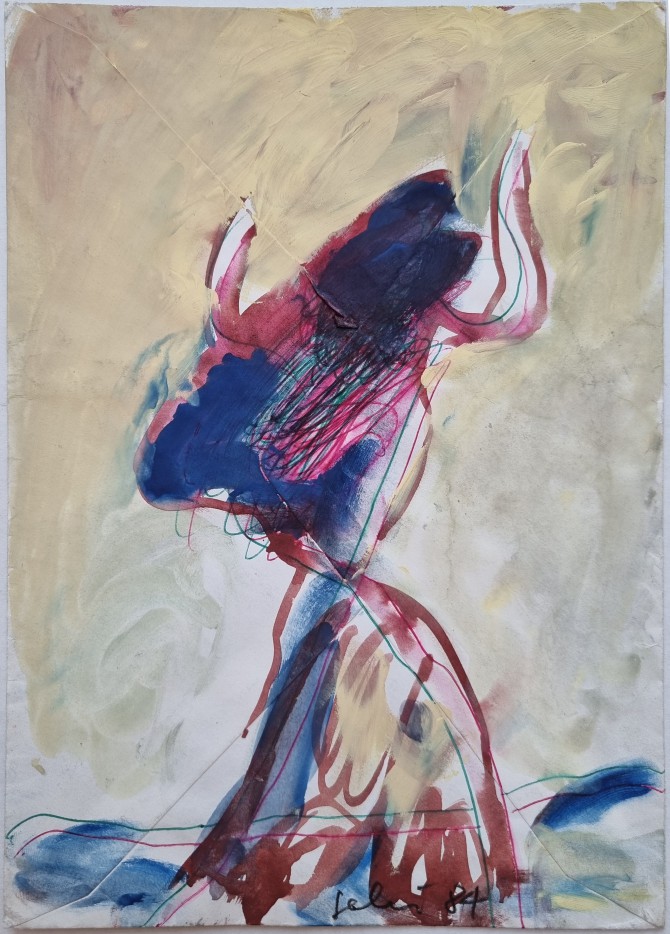
Galli, Untitled, 1984, Mixed media on paper, 22,3 x 15,7 cm
Installation View Elmira Iravanizad. Courtesy Galerie Georg Nothelfer. Photo: Carolin Seeliger
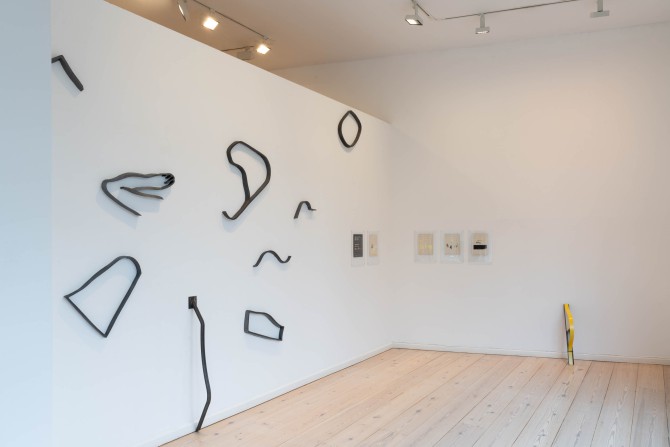
Installation View Elmira Iravanizad. Courtesy Galerie Georg Nothelfer. Photo: Carolin Seeliger
Elmira Iravanizad, Object No. 61, 2023, Metal/ wood, 52 x 20 x 8 cm
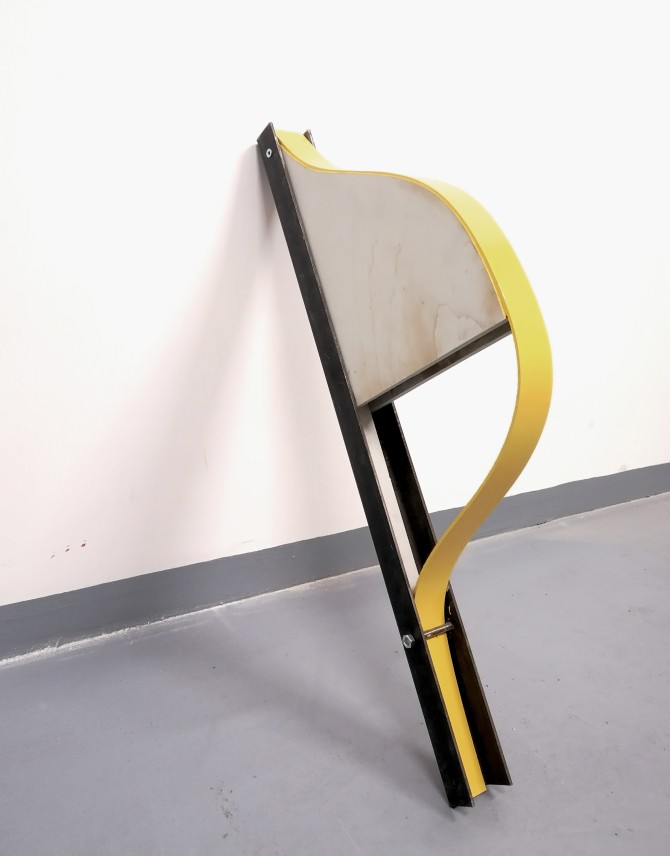
Elmira Iravanizad, Object No. 61, 2023, Metal/ wood, 52 x 20 x 8 cm
Elmira Iravanizad, Untitled, 2024, Mixed media on paper, 29,7 x 21 cm
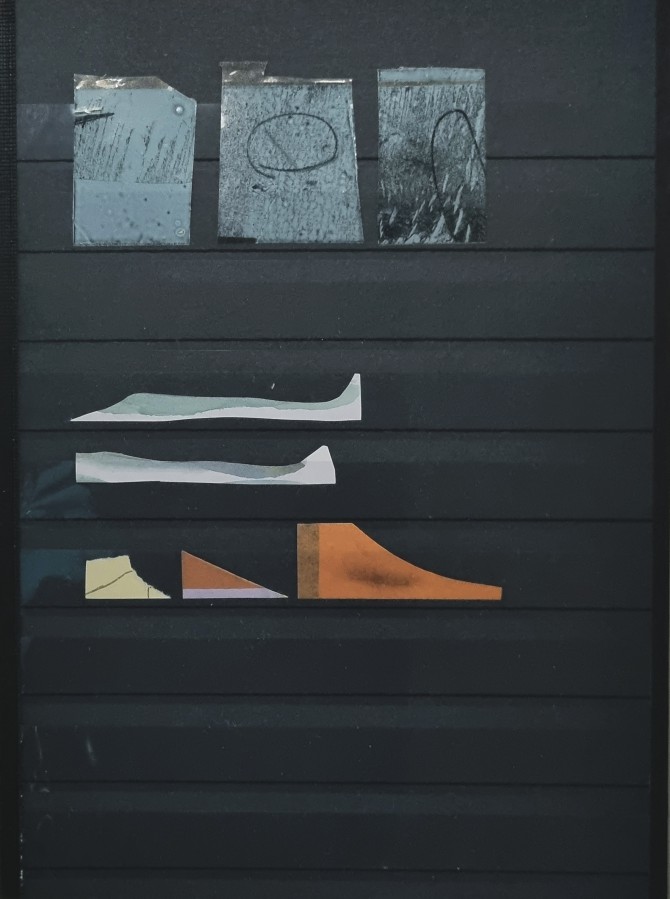
Elmira Iravanizad, Untitled, 2024, Mixed media on paper, 29,7 x 21 cm
Elmira Iravanizad, Untitled, 2024, Mixed media on paper, 29,7 x 21 cm (SOLD)
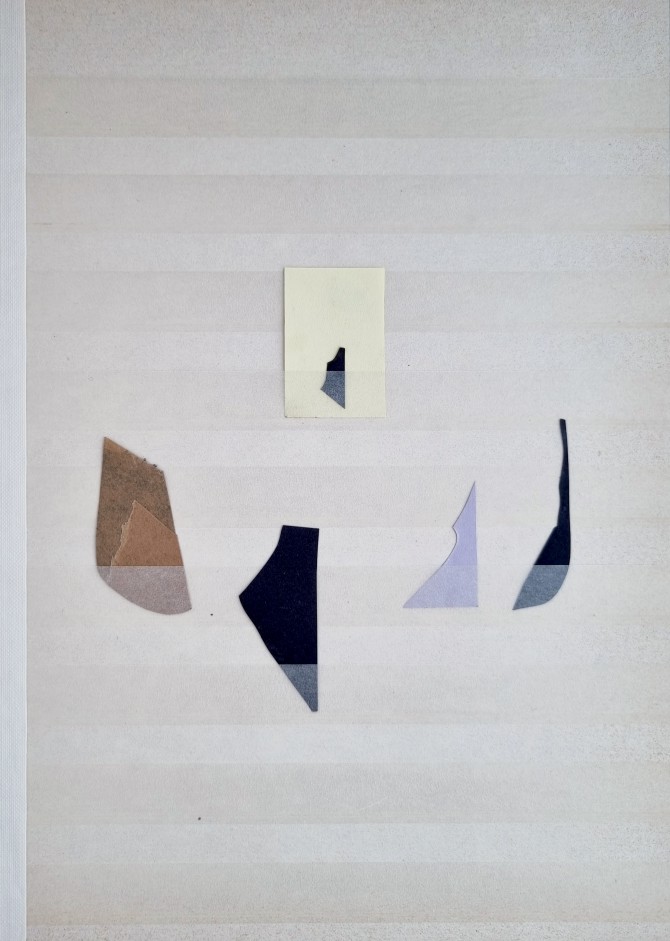
Elmira Iravanizad, Untitled, 2024, Mixed media on paper, 29,7 x 21 cm (SOLD)
Elmira Iravanizad, Untitled, 2024, Mixed media on paper, 29,7 x 21 cm
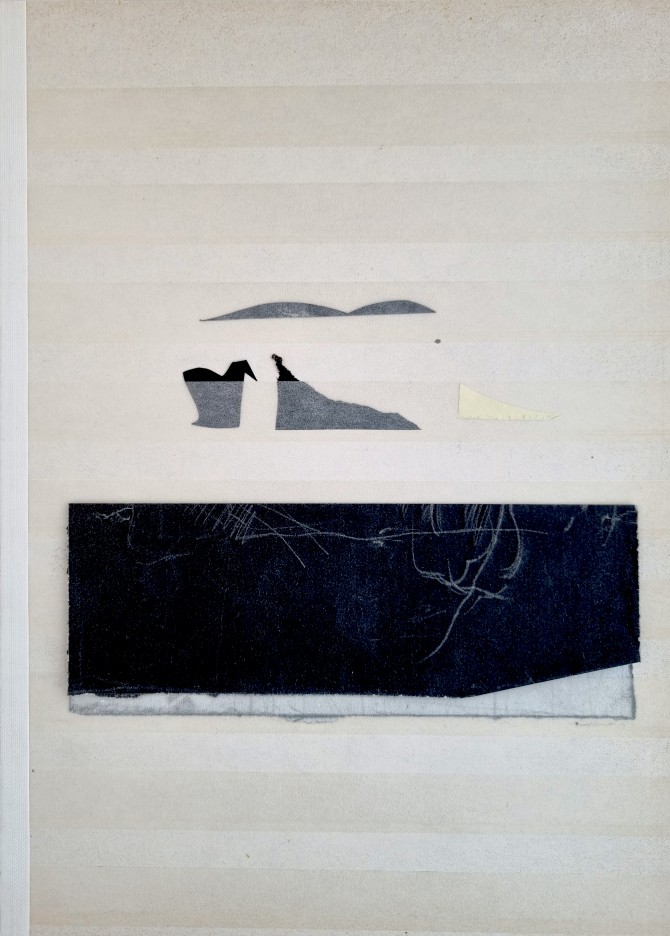
Elmira Iravanizad, Untitled, 2024, Mixed media on paper, 29,7 x 21 cm
Installation View Carolin Seeliger. Courtesy Galerie Georg Nothelfer. Photo: Carolin Seeliger
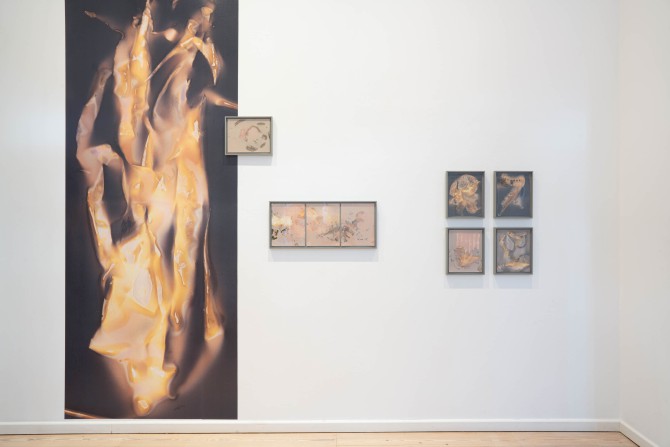
Installation View Carolin Seeliger. Courtesy Galerie Georg Nothelfer. Photo: Carolin Seeliger
Carolin Seeliger, Encounter in Arctic, 2023, photographic paper, algae, ocean plastic 76°30`N - 25°04O, Hopen, Spitzbergen, 30,5 x 24 cm, Unique piece
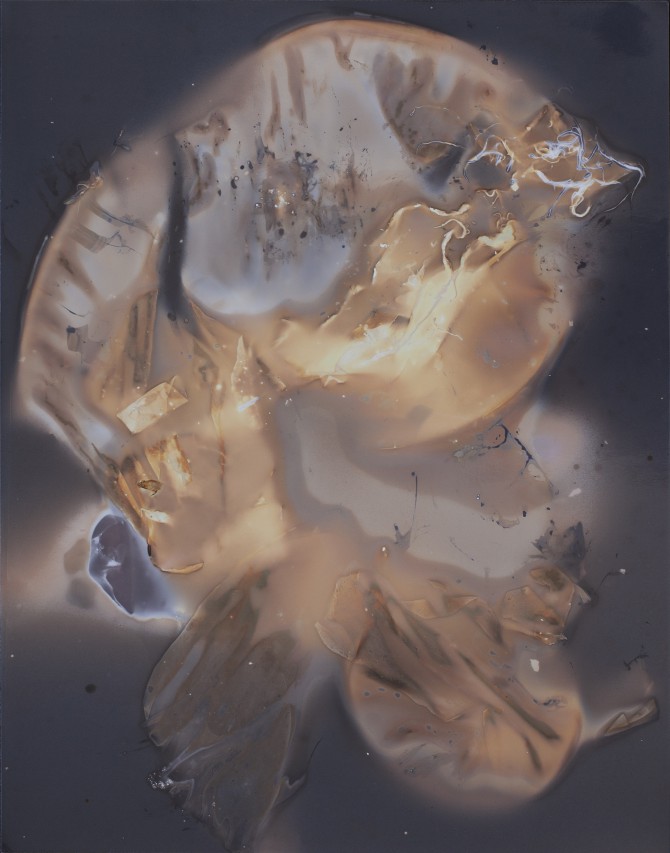
Carolin Seeliger, Encounter in Arctic, 2023, photographic paper, algae, ocean plastic 76°30`N - 25°04O, Hopen, Spitzbergen, 30,5 x 24 cm, Unique piece
Carolin Seeliger, Encounter in Arctic, 2023, photographic paper, algae, ocean plastic, storm, 80°28,9´N 019°50,6´,E, Chermsideoya Spitzbergen, 3-piece, 30,5 x 24 cm, Unique piece
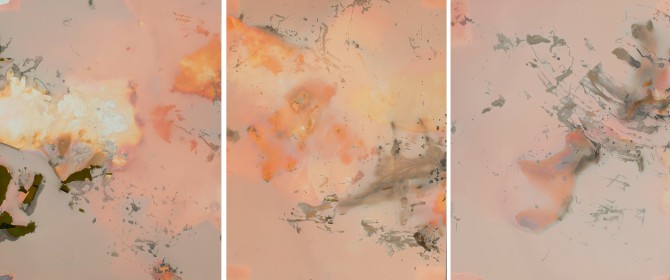
Carolin Seeliger, Encounter in Arctic, 2023, photographic paper, algae, ocean plastic, storm, 80°28,9´N 019°50,6´,E, Chermsideoya Spitzbergen, 3-piece, 30,5 x 24 cm, Unique piece
Carolin Seeliger, Encounter in Arctic, 2023, photographic paper, algae, ocean plastic, 77°17,1`N - 21°23,5´E, Tusenoya, Spitzbergen, 30,5 x 24 cm, Unique piece
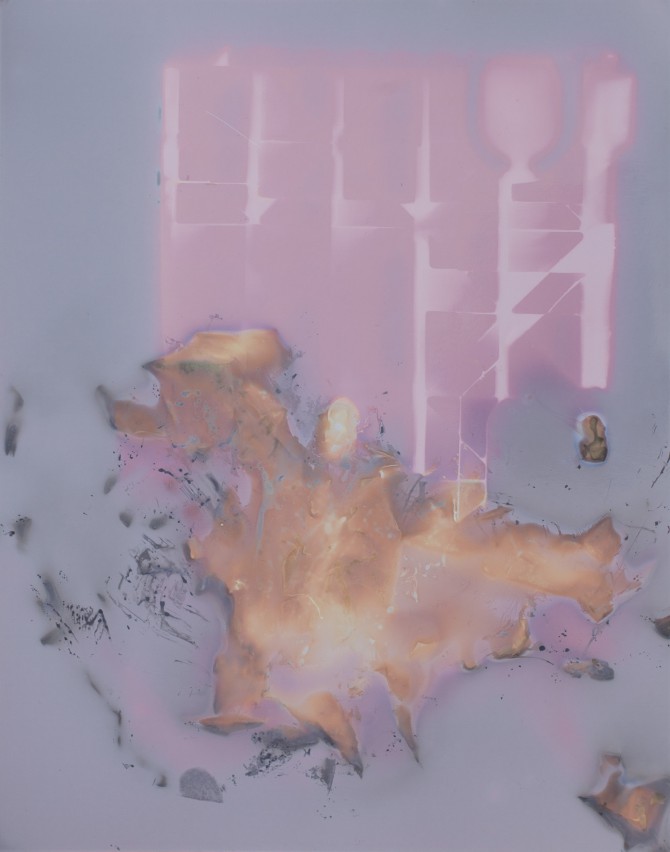
Carolin Seeliger, Encounter in Arctic, 2023, photographic paper, algae, ocean plastic, 77°17,1`N - 21°23,5´E, Tusenoya, Spitzbergen, 30,5 x 24 cm, Unique piece
Installation View Mahdad Alizadeh. Courtesy Galerie Georg Nothelfer. Photo: Carolin Seeliger
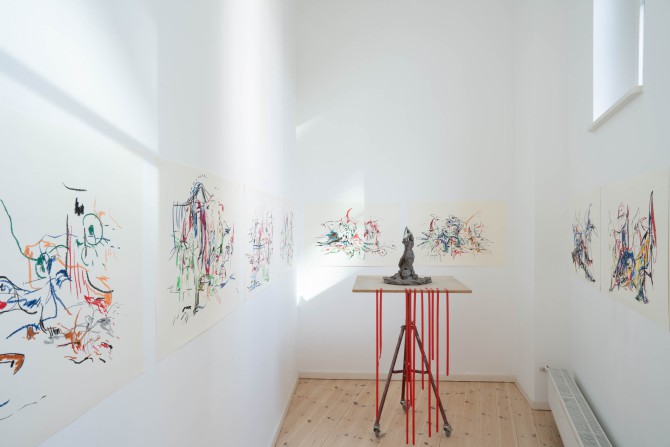
Installation View Mahdad Alizadeh. Courtesy Galerie Georg Nothelfer. Photo: Carolin Seeliger
Mahdad Alizadeh , One day in a farm, 2024, Mixed media/paper, 65 x 98 cm
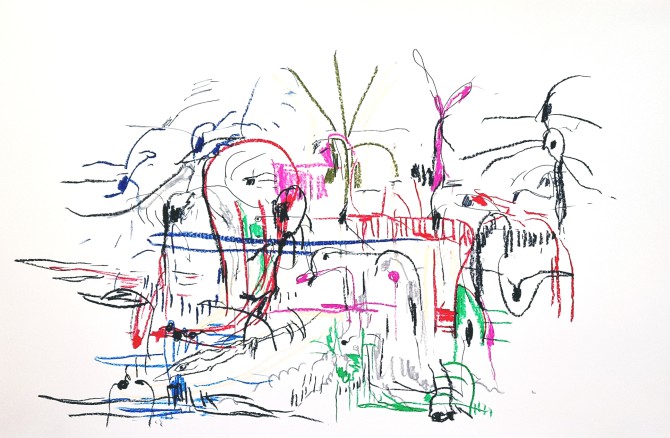
Mahdad Alizadeh , One day in a farm, 2024, Mixed media/paper, 65 x 98 cm
Mahdad Alizadeh, Untitled, 2019, Clay, 45 x 35 x 37 cm
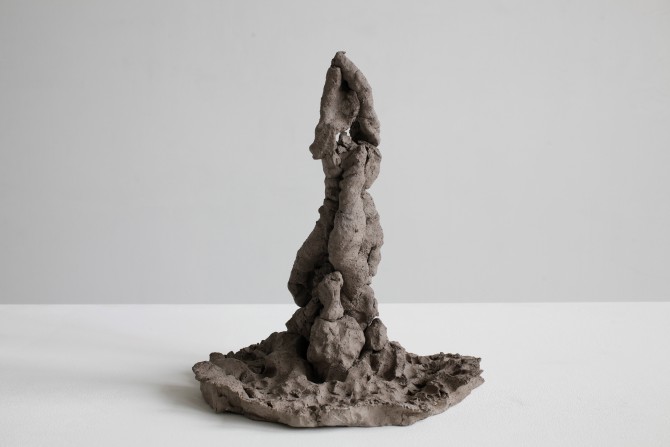
Mahdad Alizadeh, Untitled, 2019, Clay, 45 x 35 x 37 cm
Mahdad Alizadeh, Untitled (fragments), 2024, Mixed media on paper, 65 x 98 cm
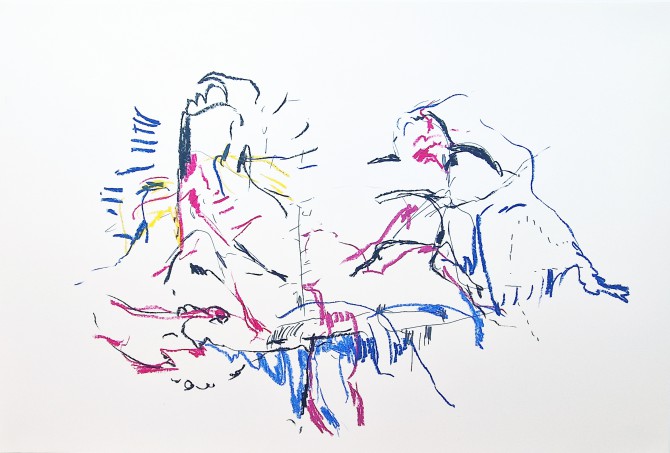
Mahdad Alizadeh, Untitled (fragments), 2024, Mixed media on paper, 65 x 98 cm
Installation View Madeleine Dietz. Courtesy Galerie Georg Nothelfer. Photo: Carolin Seeliger
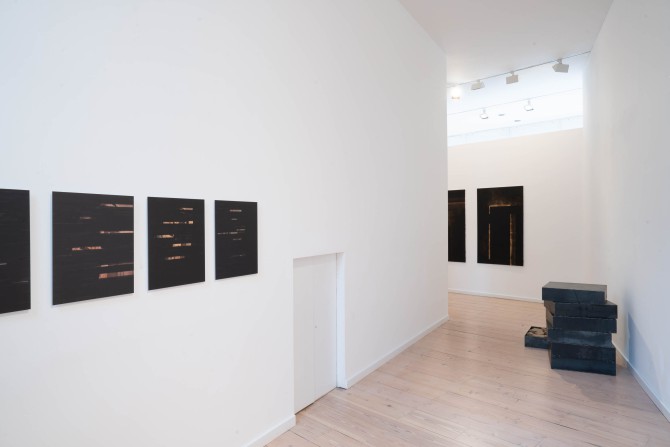
Installation View Madeleine Dietz. Courtesy Galerie Georg Nothelfer. Photo: Carolin Seeliger
Madeleine Dietz, 34, 2023, Soil/pigment from burnt vines on canvas, 160 x 100 cm
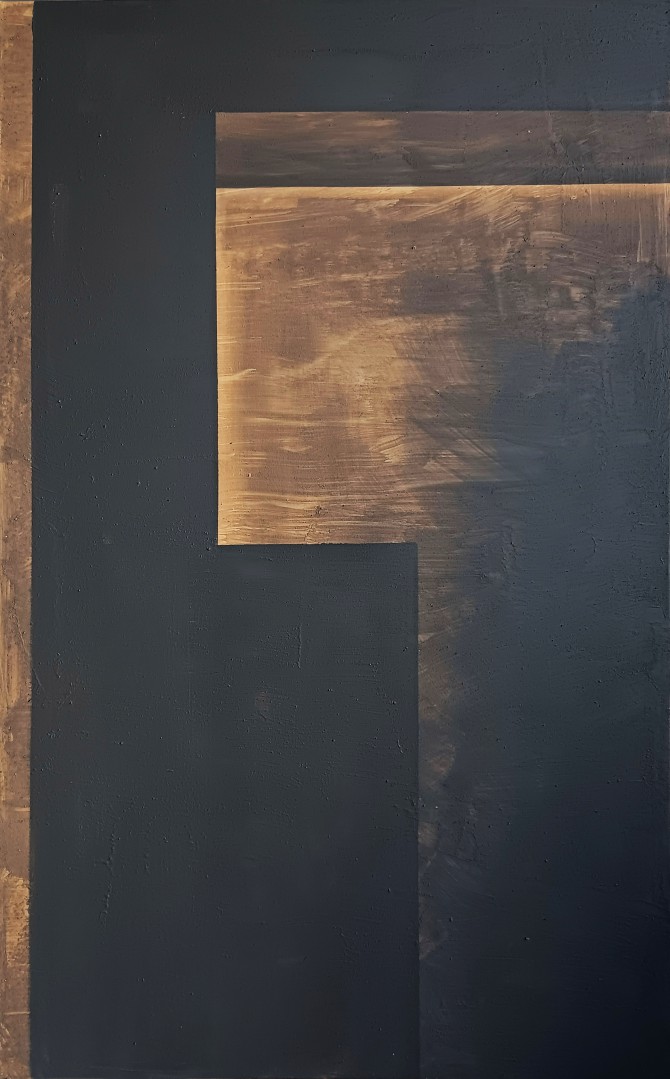
Madeleine Dietz, 34, 2023, Soil/pigment from burnt vines on canvas, 160 x 100 cm
Madeleine Dietz, Was bleibt, 2024, 7 Steelboxes/dried soil, 14 x 60 x 60 cm each
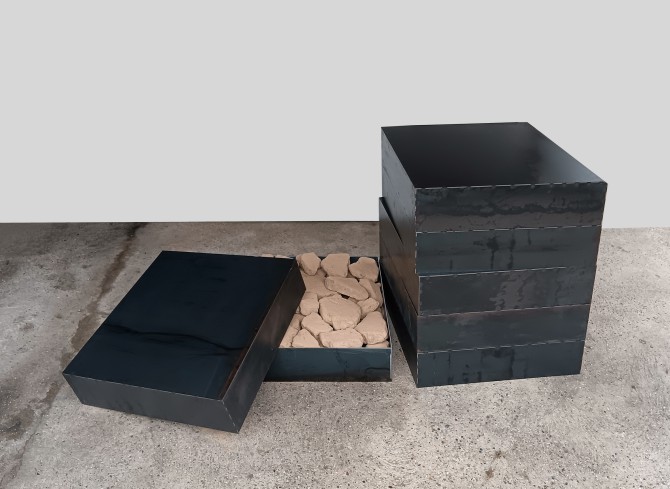
Madeleine Dietz, Was bleibt, 2024, 7 Steelboxes/dried soil, 14 x 60 x 60 cm each
Madeleine Dietz, 38, 2023, Soil/Pigment of burnt grapevine on canvas, 50 x 40 cm
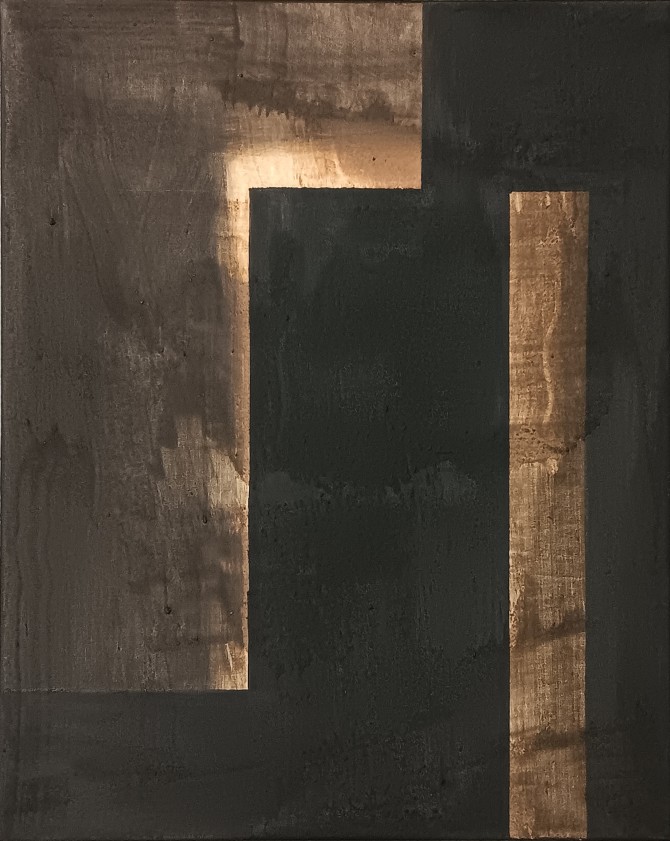
Madeleine Dietz, 38, 2023, Soil/Pigment of burnt grapevine on canvas, 50 x 40 cm
Madeleine Dietz, OFFEN - ZU, 2023, Dried soil/steel, 50 x 100 x 5 cm
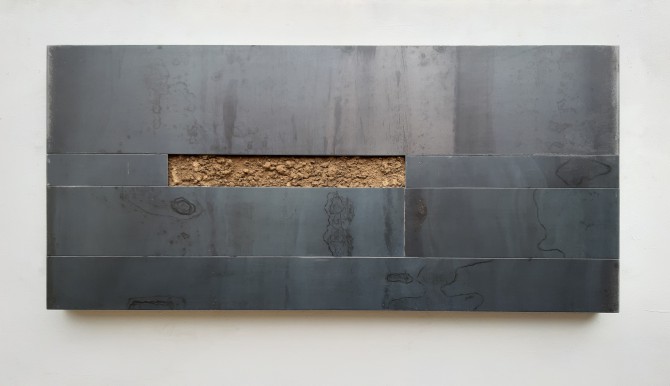
Madeleine Dietz, OFFEN - ZU, 2023, Dried soil/steel, 50 x 100 x 5 cm
Installation View Elmira Iravanizad. Courtesy Galerie Georg Nothelfer. Photo: Carolin Seeliger
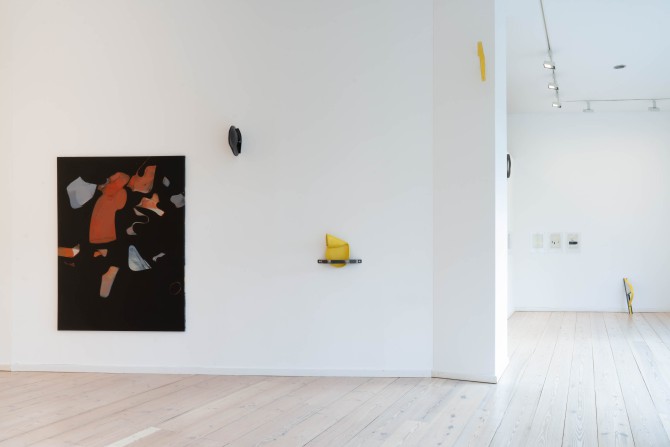
Installation View Elmira Iravanizad. Courtesy Galerie Georg Nothelfer. Photo: Carolin Seeliger
Elmira Iravanizad, Scarlet Lake 371, 2015, Oil on canvas, 200 x 150 cm
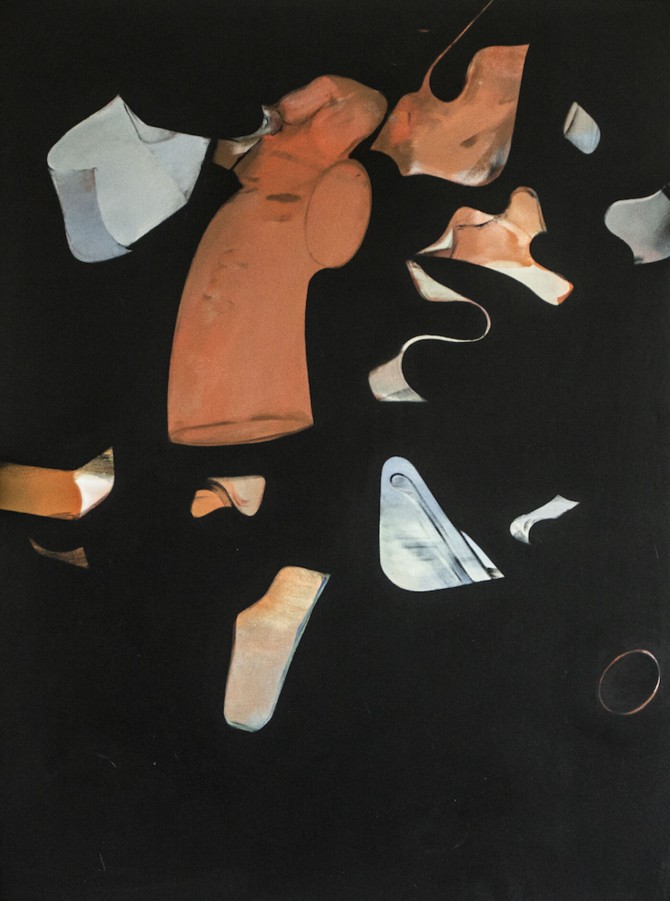
Elmira Iravanizad, Scarlet Lake 371, 2015, Oil on canvas, 200 x 150 cm
Elmira Iravanizad, Object No. 35, 2021, Ceramic/metal, 32 x 46 x 5 cm
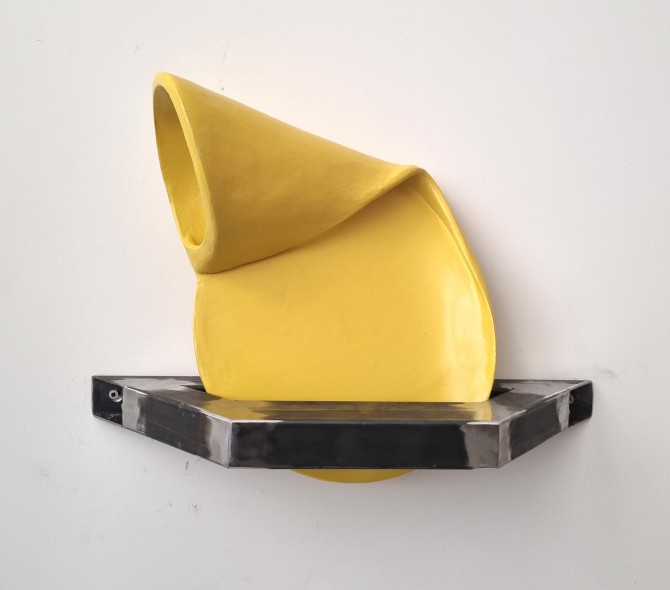
Elmira Iravanizad, Object No. 35, 2021, Ceramic/metal, 32 x 46 x 5 cm
Elmira Iravanizad, Object No. 15, 2019, Ceramic, 34 x 30 x 5 cm
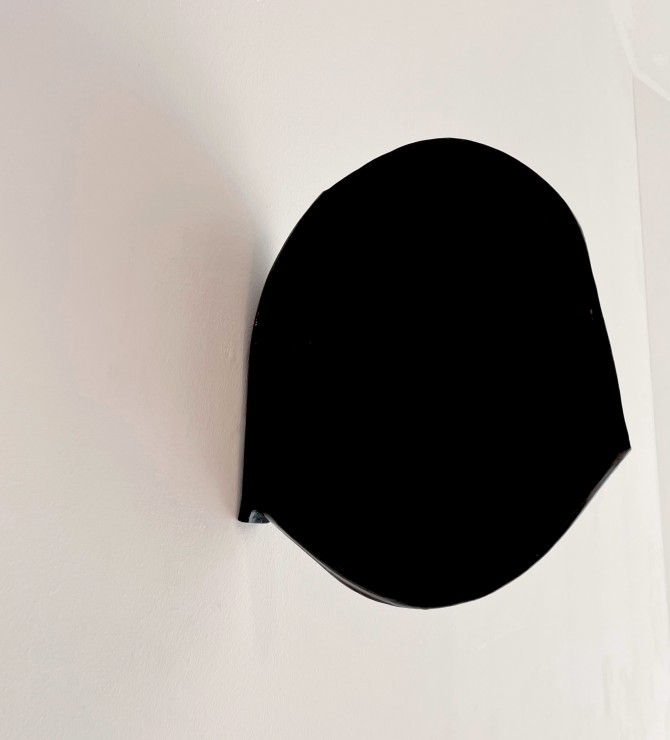
Elmira Iravanizad, Object No. 15, 2019, Ceramic, 34 x 30 x 5 cm
Elmira Iravanizad, Object No. 49, 2021, Ceramic, 43 x 14 x 49 cm
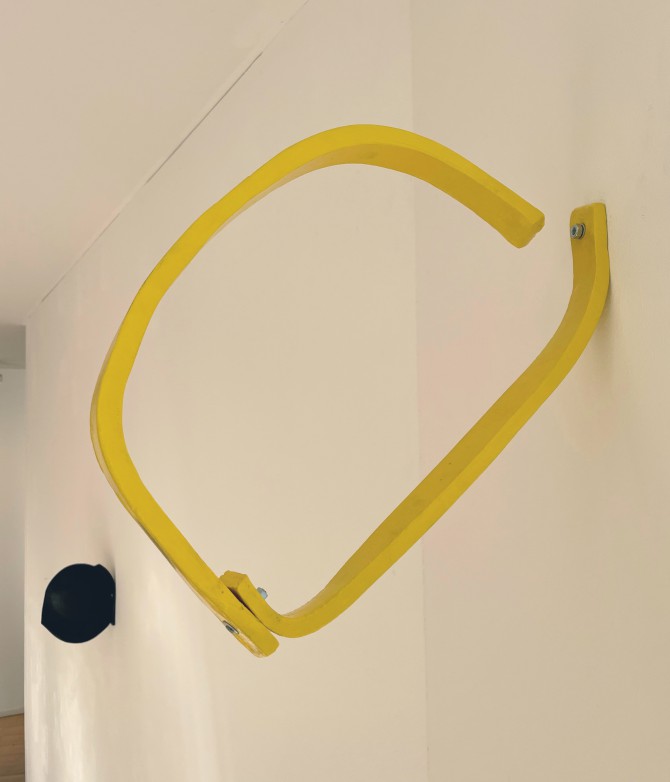
Elmira Iravanizad, Object No. 49, 2021, Ceramic, 43 x 14 x 49 cm
Galerie Georg Nothelfer is pleased to present a group exhibition with established and young artists, who deal with the topic „fragments“.
“Everything is fine” sounds like an unfounded (if not downright absurd) statement in a time and in a world which seems anything but fine, and in which a collective experience that could be summarised as everything feels increasingly fragmented into individual, often incompatible components. In view of the many cracks that the 20th century has brought with it – and which still run through our world today – post-war modernism turned to the fragment as an artistic means to lend form and meaning to a shattered and disillusioned reality. While the fragment had previously been employed as a romantic allegory on something that had broken off from a divine whole, the modern era produced a new reluctance to such an idea of totality as something that was no longer conceivable or achievable – perhaps out of resignation to the increasingly incomprehensible concept of unity, perhaps out of the conviction that such a claim to completeness had ultimately been presumptuous. Titled Everything is fine, the group exhibition at Galerie Georg Nothelfer presents five contemporary artistic positions that each address the issue of capturing a world in its pieces, speaking from within the different socio-political, ecological or physical-psychological layers of this fragmentation. The works shown here by Mahdad Alizadeh, Madeleine Dietz, Galli, Elmira Iravanizad and Carolin Seeliger make reference in terms of content or form to the fragment as a part of a larger whole that has never been or is still in the process of being formed, thereby also exposing the statement that “everything is fine” as a contemporary form of self-appeasement in the face of future uncertainties.
Carolin Seeliger explores the human influence on the oceans and the emotions associated with it – on the one hand, these barely explored depths serve as a projection surface for an idealised concept of untouched nature, while on the other hand, the world’s oceans are in fact already marked by traces of human activity down to the microscopic level. Departing from the photographic medium, Seeliger worked cameraless for the series Encounter in the Arctic; the lumen prints are the memory of an encounter on the beaches and uninhabited islands of Spitsbergen, which turn the place, the algae, the plastic, the seawater and the sun itself into actors in a shared photographic drawing. Silver gelatine emulsion reacts with salt water, traces, cracks and shapes of the plastic fragments are reflected, sometimes agitated by the wind. Then again, in the exhibited work from the series Deep Sea (2019), Seeliger works in an almost alchemical process with sand samples from a marine research institute as well as products from the beauty industry, which were photographed in highly enlarged form at the moment before they dissipate, abstractly staging the microplastics they contain. “Perhaps the plastic fragments in Spitsbergen say this:”, says Seeliger, “there is no more untouched nature. Even if no human has ever set foot in this place, the human influence washes up and accumulates, is absorbed into the landscape, becomes part of it, is incorporated.”
Carolin Seeliger explores the human influence on the oceans and the emotions associated with it – on the one hand, these barely explored depths serve as a projection surface for an idealised concept of untouched nature, while on the other hand, the world’s oceans are in fact already marked by traces of human activity down to the microscopic level. Departing from the photographic medium, Seeliger worked cameraless for the series Encounter in the Arctic; the lumen prints are the memory of an encounter on the beaches and uninhabited islands of Spitsbergen, which turn the place, the algae, the plastic, the seawater and the sun itself into actors in a shared photographic drawing. Silver gelatine emulsion reacts with salt water, traces, cracks and shapes of the plastic fragments are reflected, sometimes agitated by the wind. Then again, in the exhibited work from the series Deep Sea (2019), Seeliger works in an almost alchemical process with sand samples from a marine research institute as well as products from the beauty industry, which were photographed in highly enlarged form at the moment before they dissipate, abstractly staging the microplastics they contain. “Perhaps the plastic fragments in Spitsbergen say this:”, says Seeliger, “there is no more untouched nature. Even if no human has ever set foot in this place, the human influence washes up and accumulates, is absorbed into the landscape, becomes part of it, is incorporated.”
The material traces left behind by history, life, politics and memory in the constantly changing surface of our visual recollection are expressed in the works of Elmira Iravanizad as shapes of the subconscious. Her words extend along the wall as a three-dimensional collage of ceramic and metal objects. The organic sculptural as well as two-dimensionally painted, overpainted, omitted, cut-out forms appear as if they could be assembled into an imaginary whole, almost like a technical drawing for a machine with an unknown function. In a playful process that yet seems to imply an inherent formal order, Iravanizad works with material from the depths of the subconscious, shaped by the overwhelming flood of images that surround us in both our digital and physical environments, while at the same time recognizing the poetic potential of their abstraction.
While the artistic oeuvre of Galli may similarly be characterised as a fragmentary inner landscape, the artist expressly refers to its conflictual, surreal or even humorous embodiment, in which mind and body cannot and do not want to be clearly separated from one another. In the show a group of Galli’s drawings is juxtaposed with a large-format painting by the artist. Galli’s swarm of anthropomorphic figures, porous forms and limbs growing out of them seem to depict an existence in constant metamorphosis that tells of longing, corporeality, sexuality and their inherent ambivalences. Galli established herself in the politicised West Berlin art scene in the late 1970s and early 1980s by depicting bodies in their states of vulnerability, dysfunctionality and headless ecstasy, contrary to the masculine imprint of the painterly style of the Neue Wilde. Galli counters the imperative of unlimited productivity, mobility and ability with depictions of decentralised and dysfunctional limbs, figures and logics that intertwine and self-confidently resist the modern-capitalist dualism between body and mind.
Mahdad Alizadeh in turn brings his own body into relationship with the material he works with: In his intuitive and instinctive approach, the artist allows a dialog between the clay and his hands, attempting to free their interaction from pre-formed opinions. Alizadeh’s organic, sometimes figurative clay sculptures are interspersed with fractures and cracks – his physical confrontation with the temporarily malleable and transgressive character of the material culminates in a suspended moment between destruction and rebirth. Alizadeh describes the process of creating his sculptures as well as his pastel drawings as a succession of such moments, in which every element of a becoming object could be part of a final state: “But this fragment must have a certain weight of its own. A kind of story for itself; not necessarily a story that needs to be told.”
Entitled Was bleibt (“What remains”), Madeleine Dietz’s sculptural work also examines temporality, permanence and transience. In formal rigour, fragments of the bygone are merely made partially visible in their metal container – the cold and constructive principle of smooth steel finds a broken but alive counterpart in the dried pieces of earth stacked inside. Dietz’s paintings created with pigments from burnt vines equally speak of ambivalent memories of the earth on and from which we live. The artist’s formal reference to the archaeological uncovering of ruins seems to point to the ontological paradox of the fragmentary state itself, as it comes to light in various moments of the exhibition: As part of a becoming object, the fragment can at the same time be thought of as a relic of a state whose realisation it itself is still designed to achieve – the question of what remains stands in contrast to the unforeseeability of what has not yet been.
(Text by Linnéa Bake)